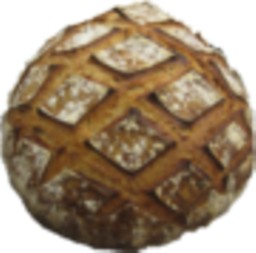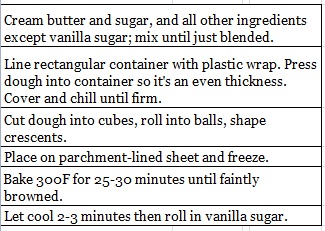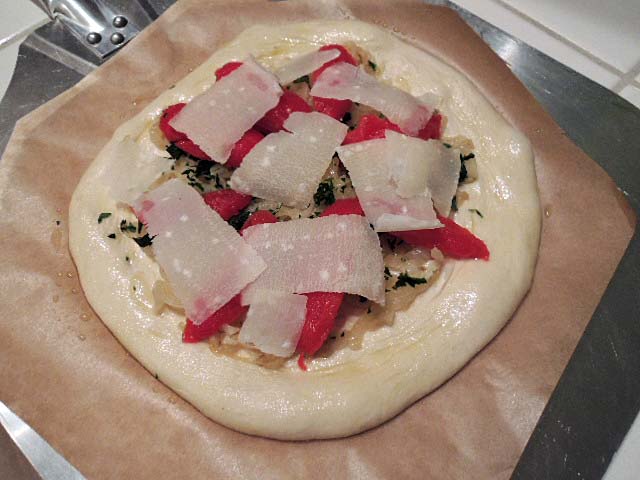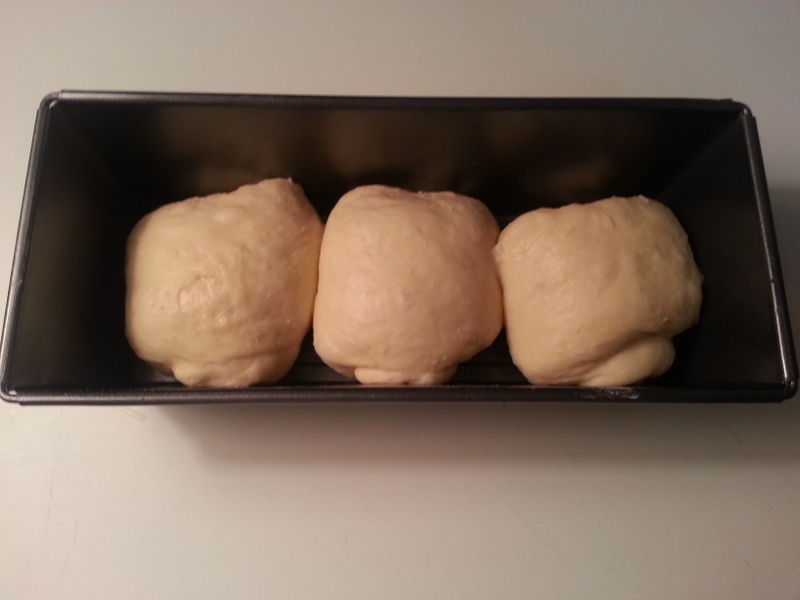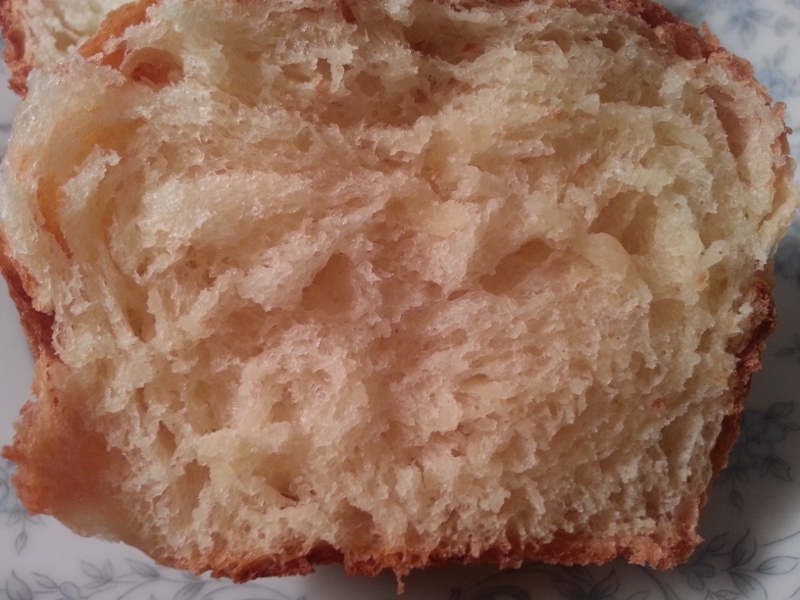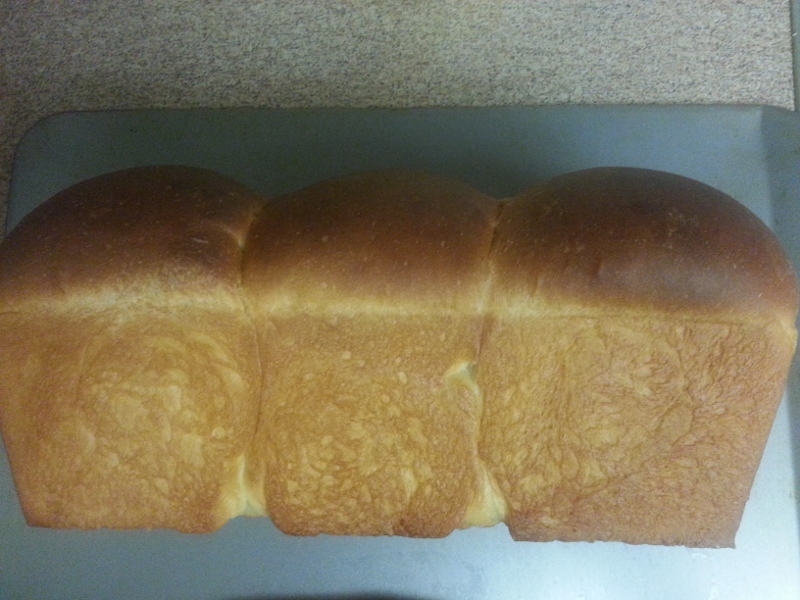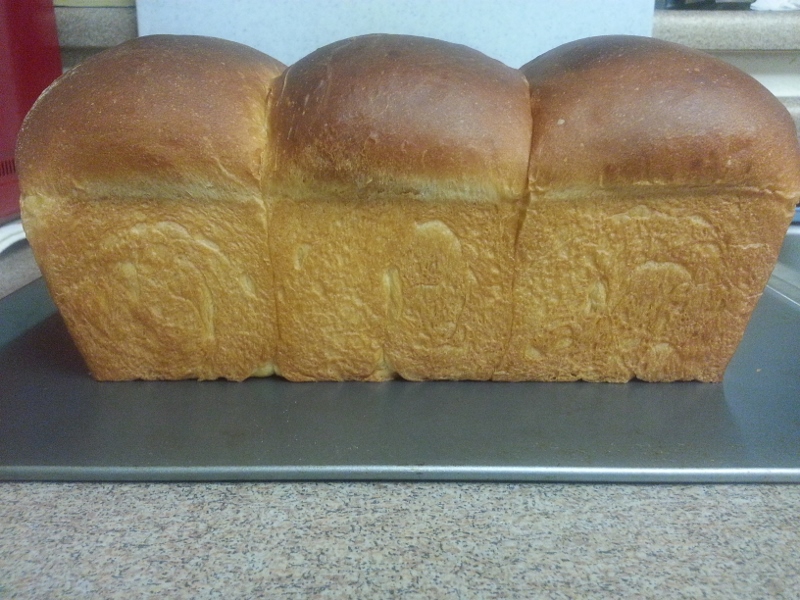Hello! I've been a Fresh Loaf reader since 2008, when my husband, Dado, introduced it to me. Together we're the team (TFL handle bagel_and_rye) who post about the activities of Chicago Amateur Bread Bakers from time to time. This weekend I finally got around to creating a TFL blog all my own.
It helped that I was motivated to share some news: Dado and I have been in the process of developing bread formula software (BreadStorm™) for some time. We're now at the point that we're ready to mention it here on The Fresh Loaf. And to invite bread bakers who would like to test the software to reach out to us. The software is in beta, which means that a small group of bread bakers are currently using the software and giving us their feedback.
But to get to today's formulating and bread baking... I like working out a bread formula from a taste memory, and then tasting the results and seeing how close I've come. Some years ago when we lived in Sweden, perhaps my first taste memory of the Swedish food culture was cardamom, gently scenting small buns, sliced in half and spread with butter for breakfast; or topped with butter and mild, hard präst ost (that is, priest's cheese) and a slice of cucumber to make an open-face, slider-style, between-meal snack. There was something magical about the scent of cardamom, so unexpected, earthy, and hovering between sweet and savory. It seems I've been craving that scent ever since, and have occasionally attempted to develop my own cardamom-infused buns. Here's the results of this weekend's experimentation.
I wanted a soft, buttery dough, with a tight yet tender crumb, so I began with a basic Pullman dough (also known as Pain de Mie):

With an enriched dough such as this, I prefer to keep the salt at no more than 1%. Personal preference, as I'm rather sensitive to the taste of salt, which seems to be further amplified on my palate by the sugar and butter.
Because the 18% butter will soften the dough, and because the 5% sugar may challenge the yeast to do its work, I decided to include a sponge pre-ferment. The sponge--containing only flour, milk, and all of the formula's yeast--will both develop the gluten network (without interference from the butter) and kickstart fermentation (without interference from the sugar). The sponge will also bring a subtle complexity of flavor to the bread:

To infuse the dough with cardamom flavor, I use green cardamom pods, available at our local Middle Eastern Bakery.

I'm after the dark, pulpy seeds contained within the rough green shells. I find a mortar and pestle is an easy way to break the shells open.

Once the pods are split, by hand I pick out the dark seeds and discard the rough shells. This takes a few minutes but is worth it for the rich and earthy cardamom flavor we'll taste in the finished bread. Approximately 1/3 of the cardamom pods' weight is shell, so, for example, 6 grams of pods will yield 4 grams of aromatic seeds. The last step here is to grind the seeds with the mortar and pestle. Not too fine, as I like to see rustic flecks of cardamom in my bread.
The night before baking, I mix the ground cardamom into the milk used in the final mix, and refrigerate the mixture overnight. The cardamom intensely perfumes the milk, which will perfume the bread. A bit of pure vanilla extract added to the mixture further brings out the cardamom flavor.
The last thing I added to the formula is some extra butter, which I'll melt and brush over the buns, both before and after baking. Here's the formula in its final form:

When ready to start baking, I scaled the formula to use 1,000 grams of flour, to yield 18 buns of approximately 100 grams each:

Process:
1. Night before: Mix together the ingredients for the sponge. Cover the sponge and allow it to sit at room temperature for about an hour, or until you begin to see it expand. Then refrigerate the sponge overnight, where it will ferment slowly.
2. Using a mortar and pestle, crack open the green cardamom pods, then take out the dark seeds by hand. Grind the seeds with the mortar and pestle.
3. Measure the milk to be used in the final mix. To this milk, add the ground cardamom and the vanilla extract. Cover the mixture and refrigerate overnight.
4. Next morning: Set out the milk, butter, and cardamom mixture to warm to room temperature.
5. Once all ingredients are at room temperature, mix together all final mix ingredients except the butter. Knead the dough by hand until you feel the gluten coming together. (For me, this is around 5 minutes.) Add the butter and knead until it's thoroughly incorporated into the dough.
6. Ferment the dough at 25C/77F until doubled in size.
7. Pre-heat the oven to 205C/400F. Divide the dough into 18 pieces of around 100 grams each. Roll each piece into a strand of about 20cm (8in). Coil each strand to form a spiral or snail-shell shape. My sloppy spirals, proofing:

8. Proof until a fingertip poked into the dough creates an impression that stays, i.e., that doesn't pop back out.
9. Just before baking, brush the tops of the buns with melted butter. Reduce oven temperature to 190C/375F. Bake for 15-25 minutes, or until a hint of golden color begins to appear on the crust. These buns are meant to be creamy and soft, with the barest hint of crust.
10. As soon as the buns come out of the oven, brush again with melted butter. Allow to cool before serving.

Two buns are missing from the basket (above); they went straight down our hatches while still hot from the oven ;-) They're a close approximation of my Swedish taste memory, but next time I'll experiment with doubling the percentage of cardamom.
We like the buns spread thickly with butter and bitter orange preserves. The crumb is tight and uniform, soft and smooth, but structured enough to support the weight of toppings.

I'll be bringing the buns along to tomorrow's "Taste-and-Tell" picnic with the Chicago Amateur Bread Bakers.



